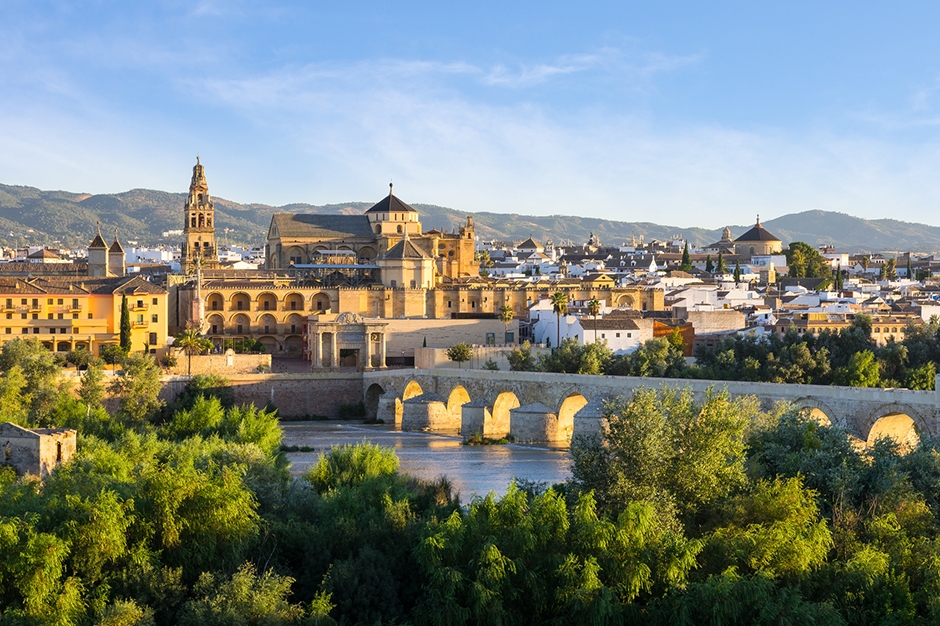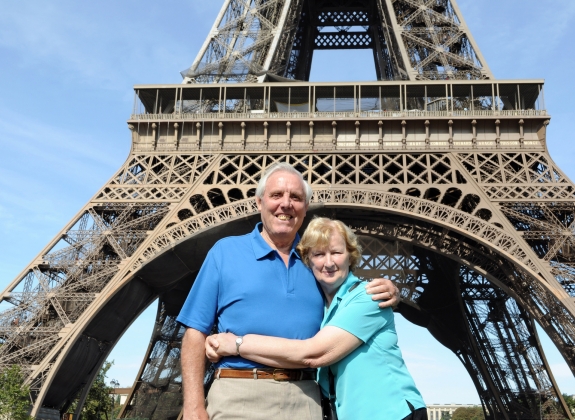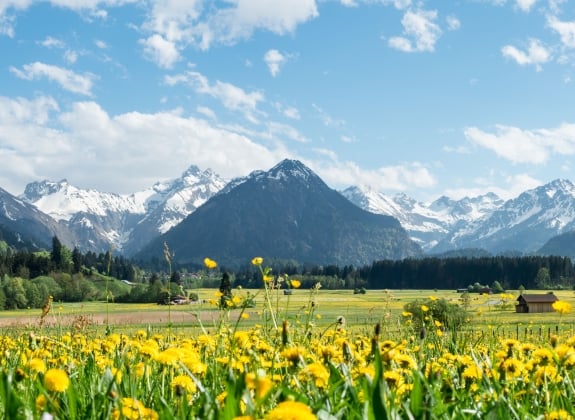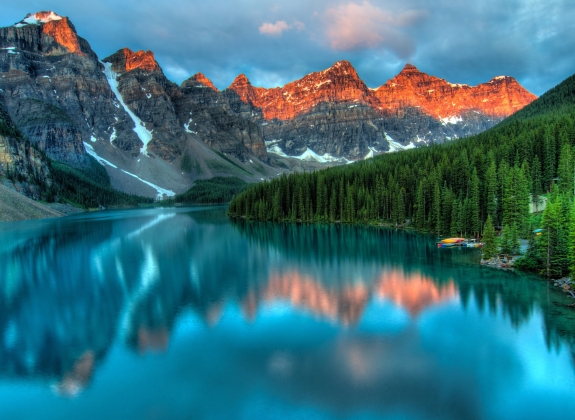Shadows lift over Nuremberg
The morning sun turns Nuremberg’s imposing opera house into a silhouette against the summer sky. Below, the underground rumbles and over my shoulder, a gap in the medieval city wall beckons. As we walk through, we encounter our first surprise.
Running alongside the old and new buildings of the Germanisches Nationalmuseum, 29 pillars stand tall, each with an engraved declaration in a different language, promoting equality, peace and harmony. This is the Way of Human Rights, Nuremberg’s public proclamation that it has learned lessons from the past. Furthermore, the city actively campaigns for tolerance and understanding – the Nuremberg Human Rights Prize has been awarded on the site every two years since 1995. Although very compact, the city walls surrounding the old part are about 3.5 miles in circumference, they contain so much, both old and new. Step down an unimposing side street and you come to Klarissenplatz, a courtyard which once belonged to a medieval convent, and now houses the reflective facade of the Neues Museum of contemporary art. It’s also a beautiful sunny courtyard where you can sit and relax with a drink – an oasis amidst the bustle. Little statuettes, both traditional and avant-garde adorn the shops. These are the result of a by-law which states that 1-2pc of the building costs must be spent on artwork. In consequence, there’s a surprise on every corner. More surprises are housed in the most unlikely places. The old hospital, which sits on the Pegnitz River, is now a retreat for senior citizens, but we were able to wander through at will, enjoying the flower displays. We could have stayed for coffee and cake, or even a meal, had we wanted. As our guide told us, wherever there’s an open door in Nuremberg, feel free to walk through it. How times change... We spilled into the main market square, which was the Jewish quarter until 1348, when the synagogue was replaced by the Roman Catholic Church of Our Lady. We witnessed the noon chiming, when each day the mechanical clock commemorates the Golden Bull of 1356 – a sight worth squinting into the sun for. There’s so much more to say, but I’ll save that for a full feature. However, worth a mention are: Bratwurst Roslein, where we sampled traditional Franconia cuisine of sausage (a minimum of six – but they were only little), sauerkraut and potato salad, plus the house beer; a tour round the house of Nuremberg’s favourite son, 16th century artist Albrecht Durer; baking in action at Lebkuchen Schmidt, right by the stunning main square, where you can buy traditional gingerbread and honey cake; a ride on solar-powered velo taxis; the Christmas shop, dolls’ hospital, Gardens of Hesperides and the fascinating St John’s Cemetery. Don’t forget to visit the Documentation Centre at the site of the Nazi Party rally grounds, where Nuremberg acknowledges its dark history and the consequences of the rule of terror for its people. We travelled to Nuremberg by Eurostar from St Pancras to Brussels, then to Cologne by Thalys, and finally to Nuremberg by Deutsche Bahn. The changing scenery gave us a real sense of “knowing where we were” – something you don’t get when you travel by air. The beautiful Bavarian scenery on the final leg of the journey is the stuff legends are made of.





